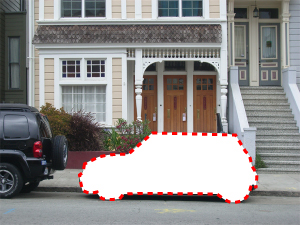
About six months ago, I was invited by the North American Serials Interest Group (NASIG) to keynote their annual conference. After admitting that I didn't know what "serials" were (think periodicals, journals and other similar things), I realized that this was a perfect opportunity to address a unique group, so I jumped at the opportunity. Serials librarians, and publishers of serialized works, have been at the forefront of understanding the relationship between physical objects, digital objects and how the two relate to each other. The music industry, as we know, tried to fight the conversion to digital of the physical objects with which they had traditionally made their money . As soon as Internet search engines appeared, and I suspect as soon as Google started indexing PDFs, the serials world realized that digitization of their content made it simultaneously more visible (since now the most obscure journal could now be found and cited) and possibly less valuable (since it could not be copied easily). Moreover, libraries quickly realized that online access changed their understanding of what it means to the products of their subscriptions. Most people no longer look at the physical journal in the library, which the library clearly owns outright, but look at articles through online services. The questions then become: how is that paid for? What is owned? What happens to the "owned" content when publication goes out of business?
These are profound questions at the core of nearly all modern digital products, and instead of hiding from the problem, the serials world has quietly and methodically tried to articulate the questions and negotiate answers. Publishers, libraries and information brokers all participate in the NASIG conferences and discussions, and they've collectively come up with a range of fascinating solutions ranging from license models to technologies that preserve access to owned resources when the original provider disappears. In short, they've spent years trying to answer questions that are only starting to occur to folks in other disciplines.
My presentation, called Information Shadows: How ubiquitous computing serializes everyday things (1.2MB PDF) is my attempt at showing how ubiquitous computing technology is, in essence, turning whole classes of everyday objects into serials, or services, by creating pervasive digital access to the objects' metainformation, their information shadows. In the process, I talk about blenders, timeshares, Cuddle Chimps, City Carshare, and Exactitudes. I think it's a fun talk, and I'm really happy to have had the opportunity to articulate these ideas in this forum.




Recent Comments